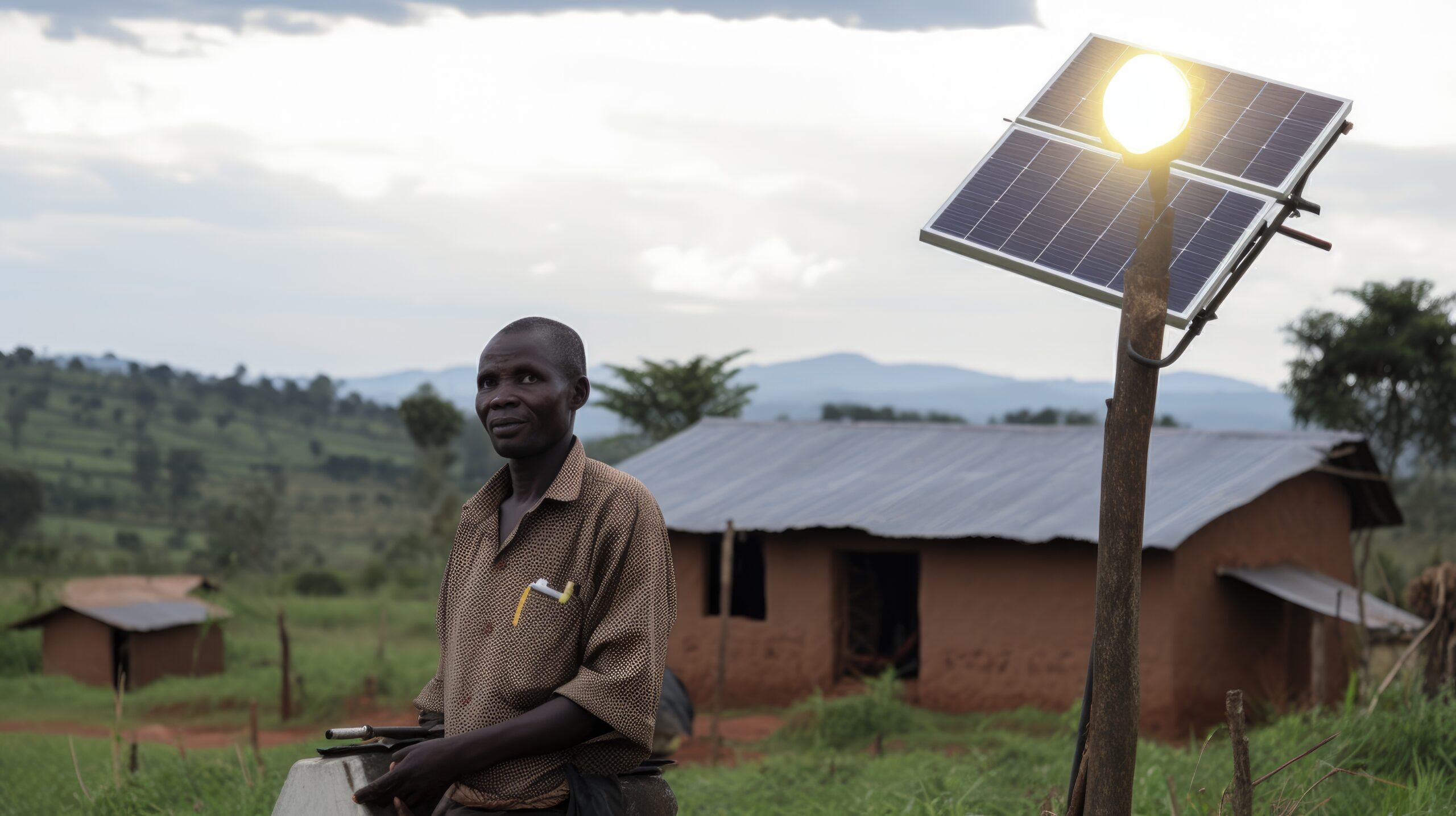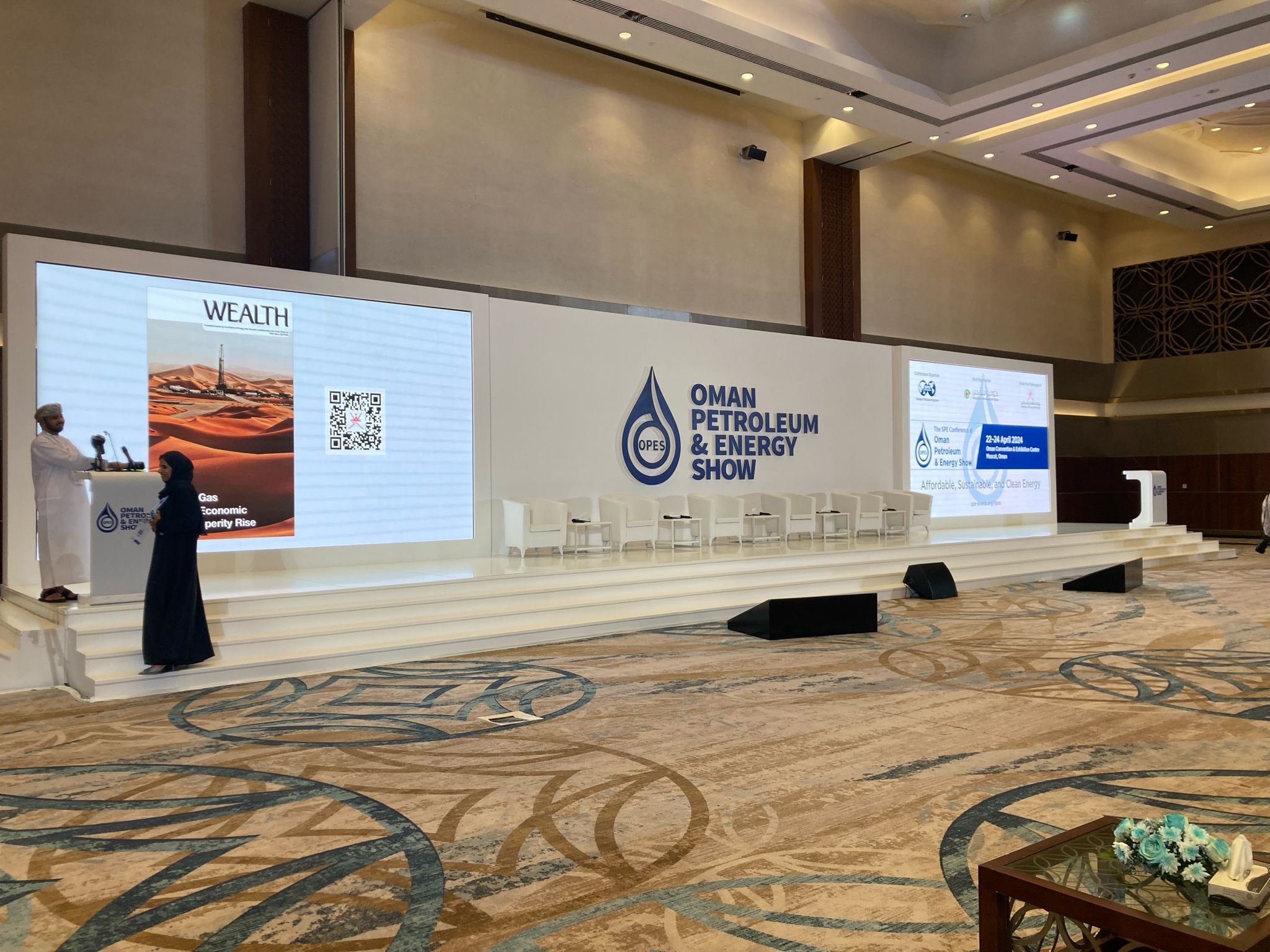Oil pipeline detracts from Uganda energy transition: experts
Uganda’s new energy transition plan marks progress but emissions reductions efforts could be complicated by the planned East African Crude Oil Pipeline, experts told Gas Outlook.

At COP28 in Dubai last month, Uganda unveiled a new energy transition plan that the government says sets out a robust pathway to to achieve universal energy access by the end of the decade and a peak in emissions by 2040.
With the support of the International Energy Agency (IEA), the analysis carried out shows that implementing this plan would allow Uganda to meet its Nationally Determined Contribution (NDC) to the Paris Agreement in 2030. It will also enable the country to be in a position to reach net zero emissions from its energy sector by 2065.
According to the report, achieving net zero emissions by 2065 would require Uganda to reach US$ 8 billion in annual clean energy investments by the end of the decade, with almost 90% of this financing directed towards projects focused on improving energy access and expanding clean energy capacity.
Ruth Nankabirwa Ssentamu, Uganda’s Minister of Energy and Mineral Development, said the plan marks a huge step forward in the country’s efforts to ensure every person in Uganda has access to secure, affordable and sustainable energy.
Reaching net zero emissions
Mulindwa Moses, a climate change activist, said that to meet the 2030 NDC targets, Uganda is likely to focus on short-term actions, such as enhancing forest conservation efforts and sustainable land use practices. Concurrently, he said the plan must address socio-economic aspects, ensuring that sustainable practices uplift communities and create a resilient foundation.
“Looking towards the long-term horizon of achieving net-zero emissions by 2065, the plan might incorporate carbon capture technologies, afforestation projects, and innovative agricultural practices. Policy frameworks supporting sustainable urban planning and infrastructure development are crucial for a comprehensive approach. Furthermore, fostering a culture of environmental awareness and education will play a pivotal role in sustaining these efforts over time.”
Amos Wemanya, Senior Advisor of Climate and Energy at Power Shift Africa, told Gas Outlook that Uganda has one of the lowest electrification rates in the world. He said Uganda’s energy transition plan should be about enabling energy access to the majority of Ugandans who currently lack access to electricity. However, he said having an energy transition plan that includes investing in oil when the whole world is transitioning is a mistake.
“At a time when renewable energy technologies have significantly improved and prices have become competitive, Uganda shouldn’t be thinking about investing in oil especially if it was to meet the needs of Ugandans to access electricity. Renewable energy systems provide Uganda with a huge potential of developing smart, participatory, distributed energy systems of the future without locking themselves in an outdated, carbon intensive energy sources and regimes.”
Need for strong partnerships
According to the analysis, strong partnerships will be key to seeing through the plan. “There is also a much bigger role to play for the private sector, which could dramatically ramp up its share of investments in Uganda’s electricity system. Realising these investments would make Uganda’s energy sector a major source of new, quality jobs – with 220,000 additional jobs in energy by 2030.”
Amos said many African countries are at the forefront in showcasing their push to transition to sustainable pathways. He noted effective transition plans would require equitable and fair resolution of other issues within multilateral climate change, partnerships and trade systems.
“This resolution must capture the transfer and development of transition technologies and the provision of intellectual property rights flexibilities with respect to the needed transition technologies. More crucially, it must feature the provision of new, additional and adequate financing support to be committed by developed countries and to be provided to African countries such as Uganda to facilitate the transition.”
Challenges to net zero goals
Mulindwa said the planned East African Crude Oil Pipeline (EACOP) introduces a complex dynamic to Uganda’s emissions reduction plan. He said the environmental impact of the pipeline largely depends on its alignment with sustainable practices.
“If the EACOP adheres to stringent environmental standards, it can contribute positively by providing a reliable energy source for the region while minimising ecological disruptions.
“However, if not carefully managed, the EACOP could pose challenges to Uganda’s emission goals. Potential risks include land-use conflicts, deforestation, and water pollution. An integrated approach is necessary, incorporating stringent regulations, environmental impact assessments, and community engagement to mitigate adverse effects and ensure the pipeline’s alignment with Uganda’s broader sustainability objectives.”
Amos said there is a huge need to reorient how the system is currently set up so that countries such as Uganda could be supported to leapfrog and invest in distributed renewable energy systems that will bring prosperity and security to the people of Uganda.
“Uganda needs to advance an energy transition plan that will avoid locking itself in an energy system that will become obsolete in the near future and through its transition plans leapfrog and deliver universal energy access to its people,” he ended.



